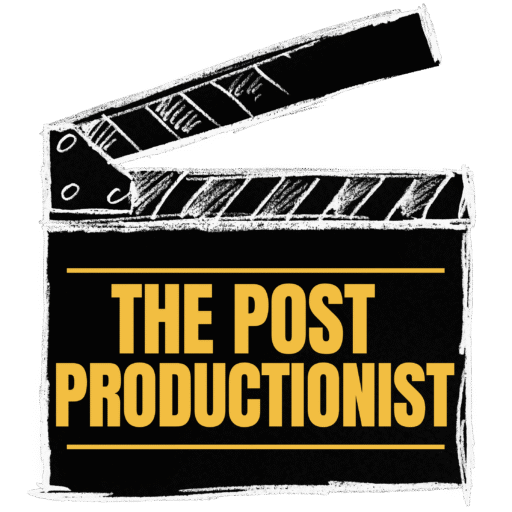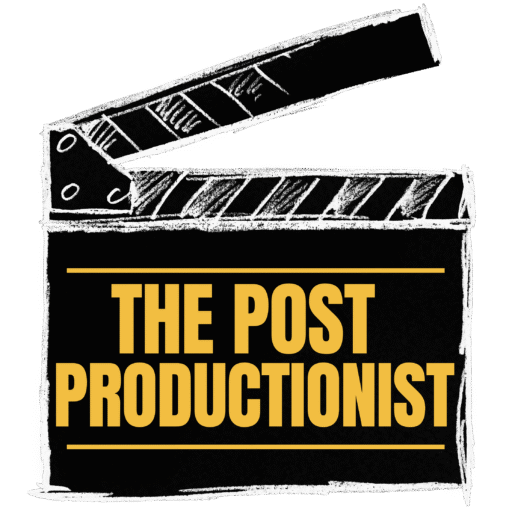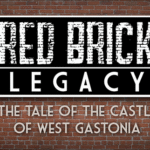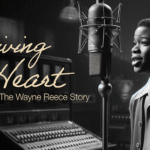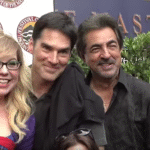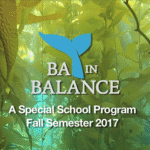The Art of Documentary Editing – Three Basic Layers
Let the Story Begin!
As you think of any kind of edit project think in terms of layers. There’s the story layer, the main part that tells the story. There are layers that add B-roll and visual effects; layers that add music and sound effects. There’s also color grading, closed captions, titles, and credits. Each layer adds production value and polish to the finished piece, creating story magic as you go. Your video editor will be familiar with each layer, and how they can impact your final story.
While these “layers” could be imagined as separate parts of the production process, they really are not. I use the term here only to visualize some of the different parts of the production process. Each layer is part of a cohesive whole that is The Story, and each part needs to be considered alongside each other part. In the telling of your epic, no one layer stands alone, but they each work together to convey what you want to say.
Let’s look at three very important layers.

The Story Edit – Layer 1
The first layer is the story. For some projects that might be a scripted film, where each part of the story is spoken by characters that have been shot in the situations required to tell the story. That’s a discussion for another day.
For our purposes in this writing, let’s look at the process for editing an interview-driven project like a documentary, or on a smaller scale, a corporate testimonial.
For many documentaries and corporate testimonials there’s a collection of spontaneously captured interviews, which need to be crafted into the story as spoken by the interviewees. If the filmmaker has done her job, each interview obtained is following a pre-conceived story arc, and each one is contributing in its own way to the advancement of the story.
Very often the interviews obtained will feature different people talking about the same thing, and in the same way, different parts of the story will be told by different interviewees; their thoughts intertwined with each other, as the story unfolds. Which interviewee says something more succinctly? Who tells a more authentic tale? Who delivers that scene-closing punchline with just a touch more drama?
Deciding which interviewee delivers which part of the story has a lot to do with the story itself and the personalities of the participants; and will often be a decision made by the editor.
For an interview driven project, especially with multiple participants, each clip needs to be logged and organized into the editorial project with a naming convention that makes them easy to find. Once organized by day and timecode, many editors will assemble each complete unedited interview into a single timeline edit, from which transcriptions will be made. Longer interviews may be organized into shorter lengths, so the transcribed material is easier to manage.
Logging each interview and organizing each part by person and by topic will organize the footage in a way that makes each clip easy to locate and will become a well-used map that will allow the editor to learn where every part resides. From these logged interviews transcripts are made and meticulously assembled with camera data, timecode, and even folder locations so everything can be accessed quickly.
The resulting transcript becomes a tool, where each interview can be indexed and cross-referenced with each of the others, allowing the editor to discover those bits of gold that happen in every well-shot documentary; where one character can play off another, and together they each tell the same story from a slightly different point of view. Then there are those unexpected nuggets found in every interview that can turn a routine interview into magic.
Your editor will find those bits, and as part of the job will become as acquainted with each interviewee as with an old friend and will be able to remain true to each personality throughout the edit, delivering a final product that could really be unique.
On larger projects I’ll assemble the transcripts into a notebook, which becomes an edit script, where I can read through, select the parts I want to use, mark and underline, and cross-reference everything that helps tell the story.
This part of the process is a “paper edit,” a sweeping assembly and organization of the entire story by each supporting character––all on paper before the edit begins.
I read through each interview, marking the key parts, editing out redundancies and run-ons, finding the concise parts of each one that contributes to a tight story. Then all the random parts are assembled into a cohesive script, laid out in linear fashion.
This process allows the producer to see the story organized into a recognizable movie that can be divided into a three-act format. Once approved, that script becomes the blueprint for the edit.
Using that script, the editor will assemble the story cut––the first off-line edit of the project. That cut may go through multiple versions and revisions until what appears to be the most final version is complete. This is where the interview sound will be balanced and enhanced and where color grading for the interviews may take place.

B-Roll & Visual Support – Layer 2
The next layer is all the cover footage that will hide the edits and smooth out the story visually. Much of this has been pre-chosen and marked out on the script, that blueprint we created in Layer 1. As explained above, this is not a stand-alone part, but needs to integrate and happily live side-by-side with the story.
The footage will be obtained from any dramatic recreations that were shot, from library material and photographs gathered; from graphics and even CGI that was created, as well as from basic B-roll that was shot as part of the production shoot itself.
Entering this phase does not mean, as an editor, I will not still make changes to the story. As the process wears on, economies are discovered, longer thoughts trimmed down, as the footage begins to support what is said, and in some cases, say it better. That’s where sometimes an editor will let the pictures speak, and where pauses may be introduced for emphasis, emotion, or to let the viewer have a moment to think about what was just said. These are places where the third layer enters the picture, and the mood and style of the sound or music will be contemplated.
This part of the process may also discover places where footage that doesn’t exist, may be needed. Very often the documentarian may have to go out and gather a pick-up interview to clarify an earlier point, or head out to a location for additional B-roll. That’s not a failure on the part of the filmmaker, but just what the process of telling the story requires.
The edit process is part of the storytelling process, and is every bit a living entity, where discoveries are made, and needs found that will make the story stronger. Sometimes in the process of assembling the interviews an entire new angle may be discovered that makes the story stronger. It may be unexpected, for which no supporting footage was shot or created.
If the budget doesn’t warrant a new shoot, very often stock footage can come to the rescue and fill in where key images are needed. There are many sources, (like Vecteezy and Pond5)* that are quite good and offer services for free and for very affordable rates.
*I have received no compensation for mentioning these companies, they’re good resources and I’ve used them often.
Music & Sound Effects – Layer 3
This layer is not meant to be dealt with after the others but would be introduced during the other two already mentioned. Nat sound will also have been categorized as was the B-roll, and the style of music would have been discussed and even cuts tried out alongside interviews to see what fits and helps enhance the story.
At some point the decision would be made to go with library music or to hire a composer, a decision that may be based on budget, and while there are many very fine libraries from which to choose, there’s something very organic and personal about having music written for your movie.
Often, local musicians can be engaged to supply music they’ve already recorded and may let you use for free, just for the exposure they may receive as your project wends its way through the festival circuit. That can be especially good if the local flavor of your story can be enhanced by the local musicians. And that doesn’t mean you can’t augment with library underscores or stingers.
Music is especially good at signaling to the viewer what they should be feeling, which is a tool the filmmaker uses to help tell their story. Light and airy, dark and somber, quick-paced, or slow and melodic; each style conveys a feeling or emotion to the viewer and taps into their own life experiences. As the story unfolds the music you choose will become the mood of the story and very often a very real connection to your audience.
A Story Emerges
As each layer works side-by-side with the others, the editor determines where to give supporting footage the spotlight, when to sustain an interviewees gaze at the end of a scene, and where to place pauses and fades. Sometimes silence intensifies the story and sometimes a scene held a little longer than usual does the same.
Overall, it is the editor’s job to craft the parts and pieces into the story the producer wants told, but not as a robot. The editor, with the experience of a career of storytelling, will have tricks and insights that they can deploy as they use the layers of production to assist in the storytelling to make it soar.
Gregory King, the self-described Post Productionist, is a professional editor and available for booking.


